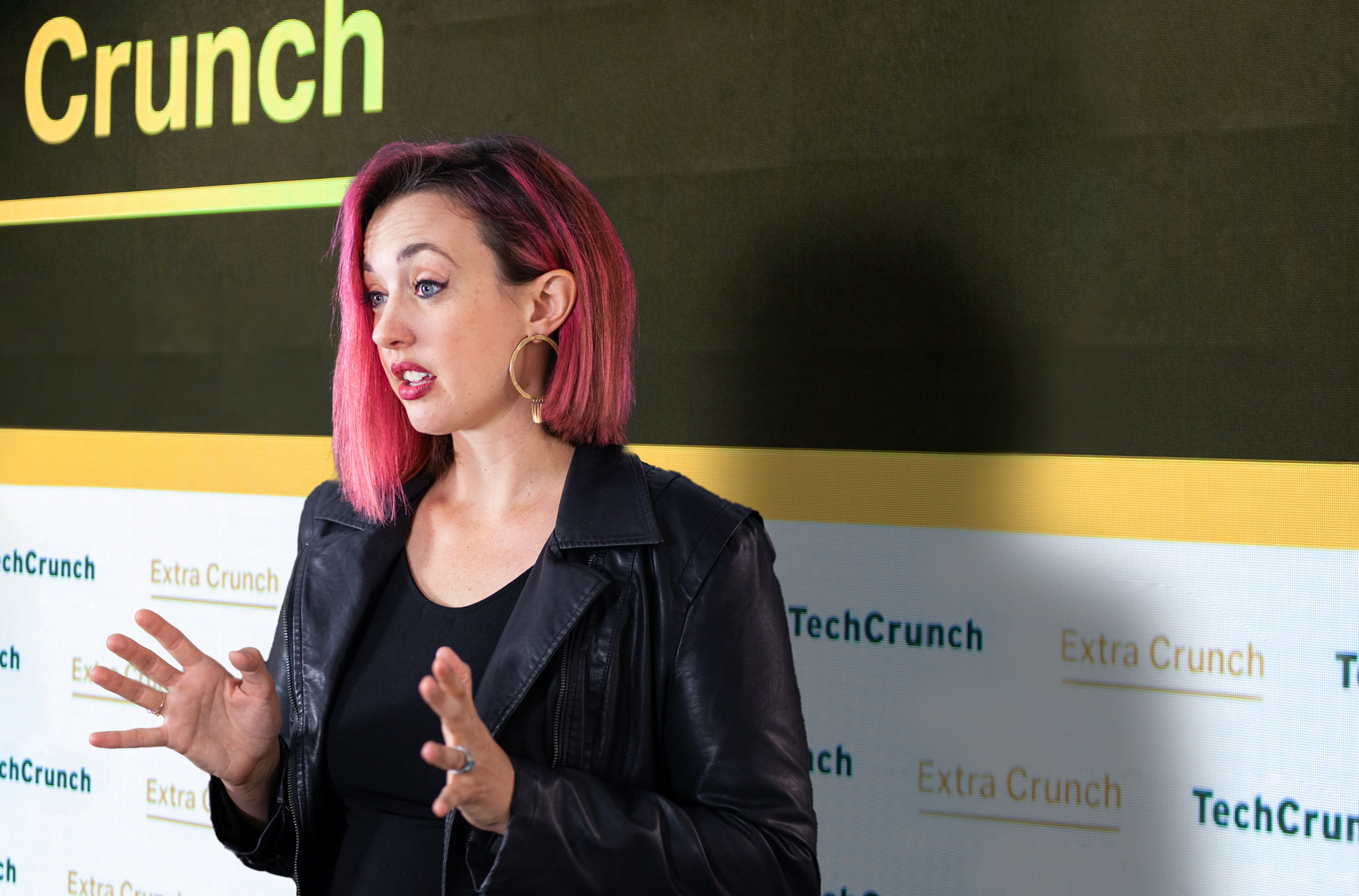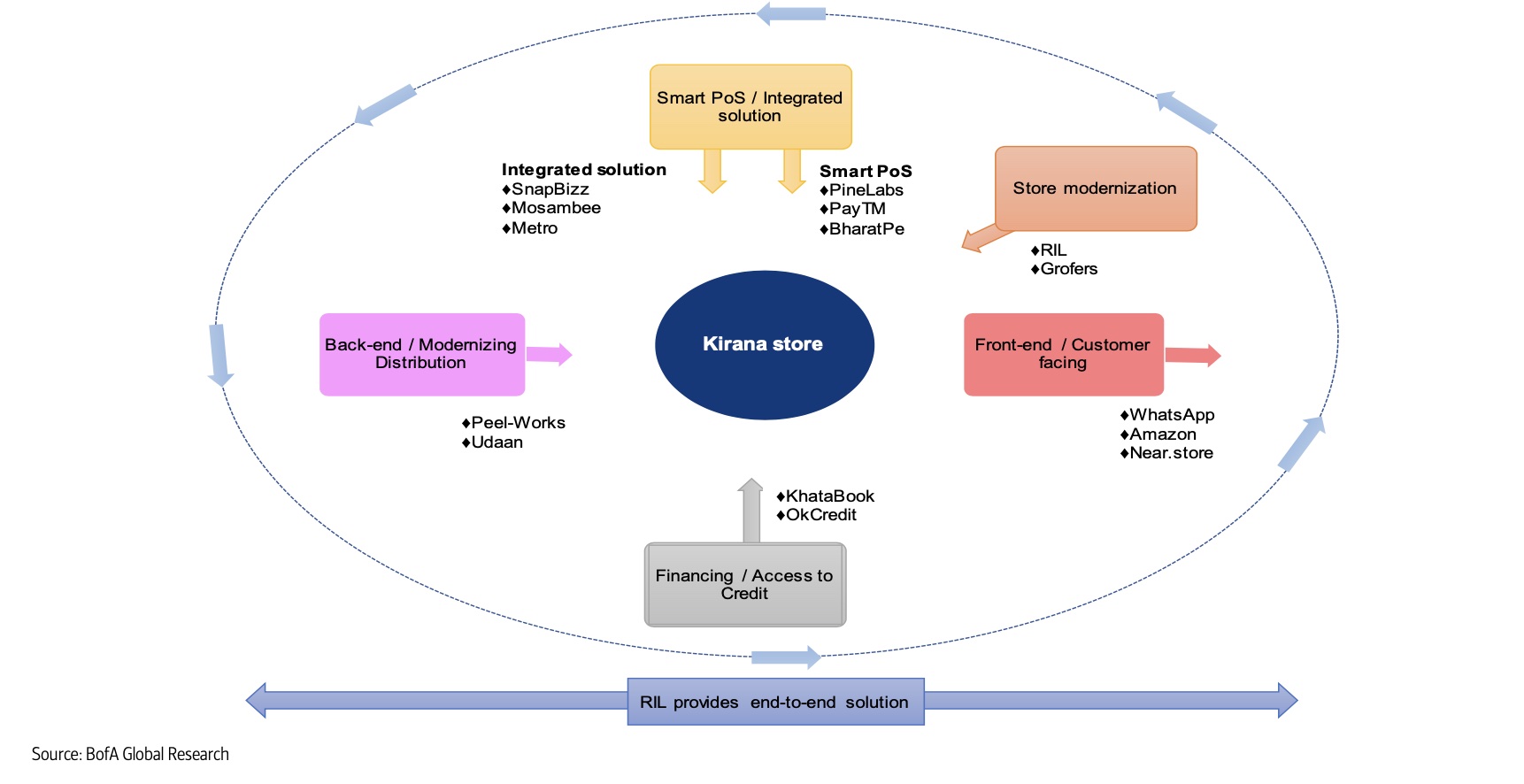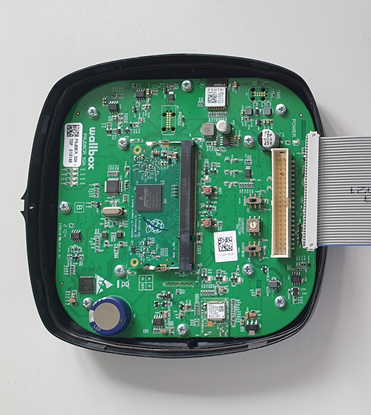Sophie Alcorn
Contributor
Sophie Alcorn is the founder of
Alcorn Immigration Law in Silicon Valley and 2019 Global Law Experts Awards’ “Law Firm of the Year in California for Entrepreneur Immigration Services.” She connects people with the businesses and opportunities that expand their lives.
More posts by this contributor
Here’s another edition of “Dear Sophie,” the advice column that answers immigration-related questions about working at technology companies.
“Your questions are vital to the spread of knowledge that allows people all over the world to rise above borders and pursue their dreams,” says Sophie Alcorn, a Silicon Valley immigration attorney. “Whether you’re in people ops, a founder or seeking a job in Silicon Valley, I would love to answer your questions in my next column.”
Extra Crunch members receive access to weekly “Dear Sophie” columns; use promo code ALCORN to purchase a one- or two-year subscription for 50% off.
Dear Sophie,
I’ve been working on an H-1B in the U.S. for nearly two years.
While I’m immensely appreciative of my company’s sponsorship and that I made it through the H-1B lottery and am working, I’m stuck in a rut. I really want to start something of my own and work on my own terms in the United States.
Are there any immigration options that would allow me to do that?
— Seeking Satisfaction near Stanford
Dear Seeking,
A couple of exciting immigration news updates to get us started today! In breaking startup founder news, U.S. Rep. Zoe Lofgren (D-CA) introduced the LIKE Act for startup founders in the House of Representatives last week. Below, we’ll share what this could mean for your startup aspirations. Also, U.S. Citizenship and Immigration Services (USCIS) conducted a second H-1B lottery because it didn’t receive enough H-1B petitions to meet the annual cap. So, if you or your employer were selected, be sure to file an H-1B petition by November 3.
Although job dissatisfaction and frustration on an H-1B can be normal, according to Edward Gorbis, there’s a lot you can do to take control of your U.S. immigration situation and go out on your own. I interviewed Gorbis for my podcast; he’s the founder of Career Meets World and a performance coach who works with immigrants and first-generation professionals to help them find fulfillment and thrive in their careers and life. Gorbis said that “once immigrants reach stability, they start to think, ‘Who am I, what do I value, what’s my core identity?’” It’s possible for any of us to retrain our brain for success.
Gorbis said that imagining overcoming the hurdles that stand in the way of doing the work that will fulfill you is the first step. So, here are some options that can help you imagine how to build the life of your dreams.
Become a founding CEO and raise $250,000
A great new option for aspiring entrepreneurs is International Entrepreneur Parole (IEP), a new immigration program in the United States that allows CEOs, CTOs and others to live in the U.S. and run their company for 2.5 years with an option for a 2.5-year extension. Your spouse can obtain a work permit.
How to qualify? You need to own at least 10% of a U.S. company, such as a Delaware C corporation registered in California. Ideally, you’ll want to show that your company bank account has at least $250,000 raised from qualified U.S. investors, but you can use other evidence to demonstrate that your company has the potential to grow rapidly and create jobs in the U.S.
A startup visa and path to a green card may be soon on the way for entrepreneurs and their crucial employees: Last week, Lofgren introduced the Let Immigrants Kickstart Employment (LIKE) Act. The requirements for the proposed startup visa are the same as for IEP but would allow a longer stay — up to eight years total if the startup creates jobs and generates substantial revenue.
I’m very proud to have aided in drafting the LIKE Act. It’s a thrill to see how my suggestions were included, such as making Startup Green Cards not subject to the visa bulletin, clarifying that you can seek consecutive Startup Visas from different companies, how to allocate employee visas to startups, ensuring the Startup Visa is a dual intent status, and adding premium processing. It was such a joy to be able to contribute ideas to this amazing process. I look forward to supporting this bill to become a law; please reach out to me if you want to support this worthy cause.
See yourself at another company
There is technically no limit to how many H-1B employers you can have or how many — or few — hours you work in an H-1B position. So, think about other companies.
One option would be to have concurrent H-1Bs: Keep your current H-1B job for stability and start your own company, preferably with another individual or two, and have your startup sponsor you for an H-1B. Take a look at this Dear Sophie column for what to do before embarking on this path.
Another option would be to transfer your H-1B to another employer, or your own startup if you are going to work there. Since you already went through the H-1B lottery with your current employer, you will not have to go through the lottery process again for a second H-1B whether you choose the concurrent or transfer option.
Setting up a startup that can sponsor you for an H-1B is complicated, so I suggest you work with both a corporate attorney and an immigration attorney. Keep in mind that you will not be able to do any work for your startup until an H-1B with your startup has been approved, which is why having co-founders is helpful. Another reason is H-1Bs require an employer-employee relationship between a startup and the H-1B candidate. That means a co-founder — or the startup’s board — must supervise you and have the ability to fire you. Moreover, we often advise founders that it may be best to own less than a 50% stake in the startup when applying for an H-1B.
Consider a green card
If you end up pursuing concurrent H-1Bs, consider asking your employer whether it is willing to sponsor you for a green card. If that’s not the case, your startup can sponsor you for one, or you can self-petition for a green card:
All EB-2 green cards — except the EB-2 NIW — and the EB-3 green card require labor certification approval (PERM) from the U.S. Department of Labor. The two green cards that allow an individual to self-sponsor are the EB-1A and EB-2 NIW.
Imagine yourself doing gigs in your field
Many startup founders qualify for an O-1A extraordinary ability visa. However, you cannot have both an H-1B and an O-1A at the same time, so if your startup sponsors you for an O-1A, you will be required to leave your current H-1B job once an O-1A is approved.
An O-1A offers more flexibility than an H-1B. You can work for a single petitioning company or on multiple gigs through an agent. However, qualifying for an O-1A is more difficult than an H-1B. Resources, such as through my firm, support people with getting qualified. The one similarity with the H-1B is that you must show your startup and you have an employer-employee relationship.
Invest in your own company
The E-2 visa for treaty investors and employees is ideal for startup founders whose home country has a treaty of commerce and navigation with the U.S. Here is a list of treaty countries. For more details on E-2 visas for founders and employees, check out this previous Dear Sophie column and podcast episode.
Although there is no minimum dollar amount that a founder must invest in a startup to qualify for an E-2, we often advise founders to invest at least $100,000 to have a strong case. You cannot have both an H-1B and an E-2, so you will need to leave your current H-1B job if your E-2 is approved.
An immigration attorney can offer additional options based on your personal circumstances and legal advice tailored to you.
Enjoy the journey of building your dreams!
Sophie
Have a question for Sophie? Ask it here. We reserve the right to edit your submission for clarity and/or space.
The information provided in “Dear Sophie” is general information and not legal advice. For more information on the limitations of “Dear Sophie,” please view our full disclaimer. You can contact Sophie directly at Alcorn Immigration Law.
Sophie’s podcast, Immigration Law for Tech Startups, is available on all major platforms. If you’d like to be a guest, she’s accepting applications!

Source: Tech Crunch







